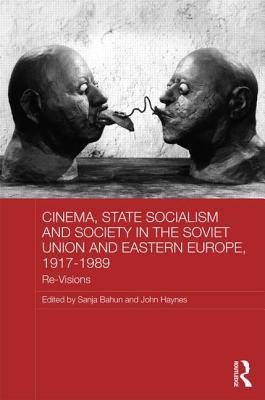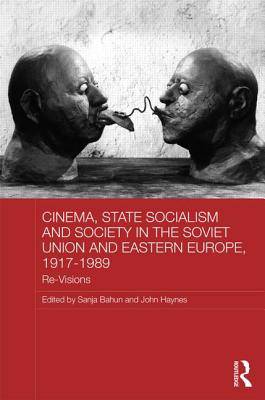
- Retrait gratuit dans votre magasin Club
- 7.000.000 titres dans notre catalogue
- Payer en toute sécurité
- Toujours un magasin près de chez vous
- Retrait gratuit dans votre magasin Club
- 7.000.0000 titres dans notre catalogue
- Payer en toute sécurité
- Toujours un magasin près de chez vous
Cinema, State Socialism and Society in the Soviet Union and Eastern Europe, 1917-1989
Re-Visions
Description
This book presents a comprehensive re-examination of the cinemas of the Soviet Union and Central and Eastern Europe during the communist era. It argues that, since the end of communism in these countries, film scholars are able to view these cinemas in a different way, no longer bound by an outlook relying on binary Cold War terms. With the opening of archives in Eastern Europe and the former Soviet Union, much more is known about these states and societies; at the same time, the field has been reinvigorated by its opening up to more contemporary concepts, themes and approaches in film studies and adjacent disciplines. Taking stock of these developments, this book presents a rich, varied tapestry, relating specific films to specific national and transnational circumstances, rather than viewing them as a single, monolithic "Cold War Communist" cinema.
Spécifications
Parties prenantes
- Editeur:
Contenu
- Nombre de pages :
- 234
- Langue:
- Anglais
- Collection :
Caractéristiques
- EAN:
- 9780415813235
- Date de parution :
- 08-08-14
- Format:
- Livre relié
- Format numérique:
- Genaaid
- Dimensions :
- 155 mm x 236 mm
- Poids :
- 476 g

Les avis
Nous publions uniquement les avis qui respectent les conditions requises. Consultez nos conditions pour les avis.





